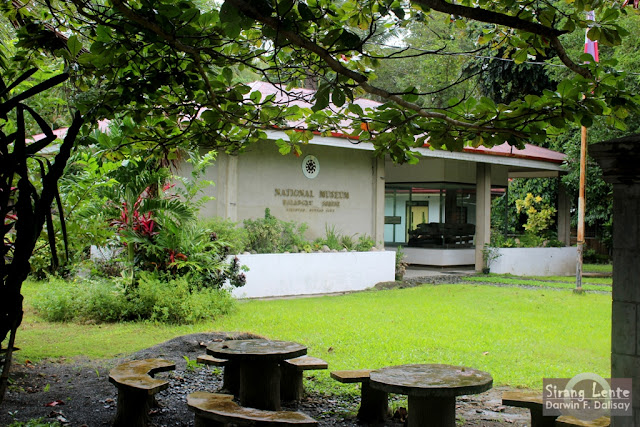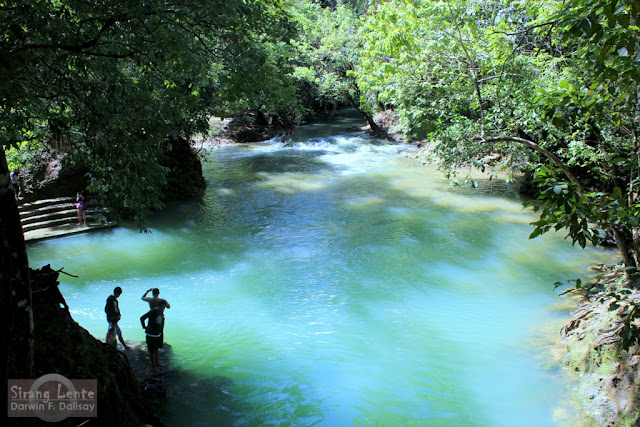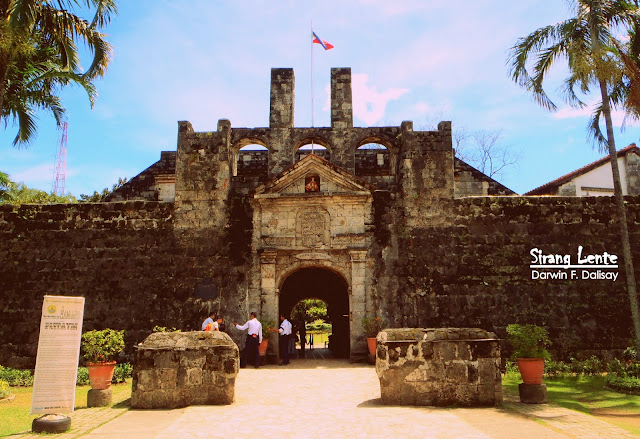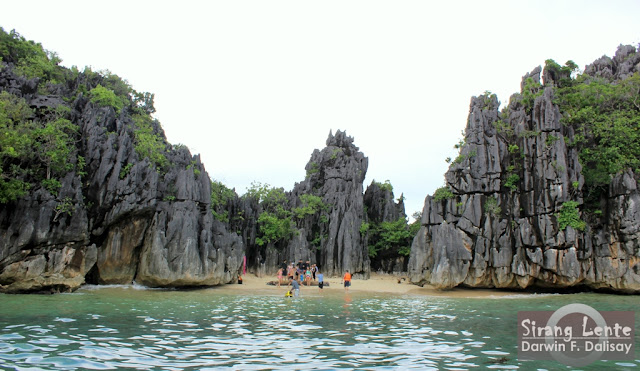
Solo-Backpacking in Negros Occidental and Iloilo

Featuring Antique (Tourist Spots, Guide, Itinerary)

1. Mararison Island
Intramuros, Manila - Important Details You Need To Know

Sombrero Island, Masbate's finest white sand beach

Cordillera Region (Tourist Spots, Itinerary, Guide)

1. Tappiya Falls
Azure Urban Resort Residences, an overnight stay

Butuan National Museum, More Details You Need to Know

Balangay Shrine, More Details You Need to Know

Agusan del Norte Itinerary, Backpacking in Mindanao

International Doll House (Museum), Surigao

Libuacan Cold Spring, a perfect summer destination

Manlawi Sandbar Travel Guide – Island Hopping in Camarines Sur

Jump to: About Manlawi Sandbar | How to Get There | What to Expect | Sample Itinerary | Budget & Expenses | Where to Stay | Travel Tips
About Manlawi Sandbar
Manlawi Sandbar is one of the most stunning destinations in Caramoan, Camarines Sur. During low tide, this massive sandbar reveals a wide stretch of powdery white sand surrounded by crystal-clear waters. It's famous for its floating cottages, island-hopping access, and photogenic scenery — ideal for solo travelers, couples, and groups looking for a tropical escape.
MINALAHOS ISLAND, Caramoan
Sabitang Laya Island, one of the gems of Caramoan
Lahos Island and its stunning landscape

Matukad Island - the Milkfish in the Lagoon

Tanay Adventure Camp, a Day Full of Activities

Actual Segment of Berlin Wall at Philippine National Museum

Galleries inside the National Museum of Fine Arts

Important Details About Marikina Shoe Museum

Boracay Island, Backpacking and Commuting Tips

The Powerful Sound of Las Piñas Bamboo Organ

Fort San Pedro Travel Guide – Cebu’s Oldest Spanish Fort

Jump to: About Fort San Pedro | Historical Background | How to Get There | What to See Inside | Suggested Itinerary | Budget and Entrance Fees | Travel Tips
About Fort San Pedro
Fort San Pedro is a military defense structure in Cebu City built by the Spanish under Miguel López de Legazpi in 1738. Considered the oldest and smallest Spanish fort in the Philippines, it is now a museum and historical park showcasing Cebu’s colonial past.
Casa Gorordo Museum in Cebu – History, Entrance Fee, and Travel Guide

Jump to: About Casa Gorordo Museum | History | Location & How to Get There | Entrance Fee & Schedule | What to Expect | Nearby Attractions | Travel Tips
About Casa Gorordo Museum
Casa Gorordo Museum is a beautifully preserved Spanish-era house located in the Parian district of Cebu City. It showcases traditional Filipino-Spanish architecture and offers a glimpse into Cebu’s colonial past. Originally owned by the Gorordo family, it has been transformed into a cultural museum featuring furniture, artwork, and heirlooms.
Yap-Sandiego Ancestral House – Oldest Residential Home in Cebu’s Historic District

Jump to: About Yap-Sandiego Ancestral House | History & Architecture | How to Get There | What to See Inside | Entrance Fees & Hours | Travel Tips
About Yap-Sandiego Ancestral House
The Yap-Sandiego Ancestral House is one of the oldest surviving residential structures in the Philippines. Built in the late 1600s, this bahay-na-bato reflects a mix of Spanish, Chinese, and Filipino influences. Located in Cebu City's Parian District, it offers visitors a glimpse of life during the Spanish colonial period.
Important Details About Cebu Cathedral Museum

Rajah Humabon – The First Christian Ruler of Cebu and His Legacy

Jump to: Who Was Rajah Humabon? | Baptism and Alliance with Magellan | Legacy and Historical Impact | Where to See Rajah Humabon Today | Travel Tips | FAQs
Who Was Rajah Humabon?
Rajah Humabon, also known as Hamabar, was the ruler of Cebu when Portuguese explorer Ferdinand Magellan arrived in the Philippines in 1521. He was one of the most powerful native leaders in the Visayas, known for his influence in politics and trade, especially with other regions like Borneo and Siam. As a descendant of the Sri Lumay dynasty, he ruled over a prosperous settlement in the heart of Cebu Island.
Featuring Zamboanga Sibugay - Solo-Backpacking in Mindanao

My first destination in Region 9 was the Province of Zamboanga Sibugay, 3.5 hours by land travel from Zamboanga City. Ipil, its capital, is the usual stopover for buses heading to the cities of Dipolog, Pagadian, and even Cagayan de Oro. Like other municipalities, it's a center with big business establishments and busy streets. However, as a busy area, it hides something unique and is an Instagram-worthy tourist spot and attraction.
Solo Backpacking in ZamBaSulTa, Region 9, Misamis Occidental

What is ZamBaSulTa
ZamBaSulta is an acronym given to Zamboanga, Basilan, Sulu and Tawi-Tawi. That's the usual route; however, on this journey, I made a twist and created ZamTaSulBa. I even made it more extreme by including Region 9: Zamboanga Sibugay, Zamboanga del Norte, Zamboanga del Sur, and Misamis Occidental, which is part of Region 10. Details below are my actual itinerary for 9 days, covering 7 Provinces and the independent City of Zamboanga.


